Amruta Patil’s stunning graphic novel invites us back into the world of the subcontinent’s oldest epic - The Mahabharat, or more precisely, its beginnings. The beautiful artwork and the sparsely elegant prose create a truly engrossing work that is also a perfect way of revisiting the age-old story
Nilakshi Sharma
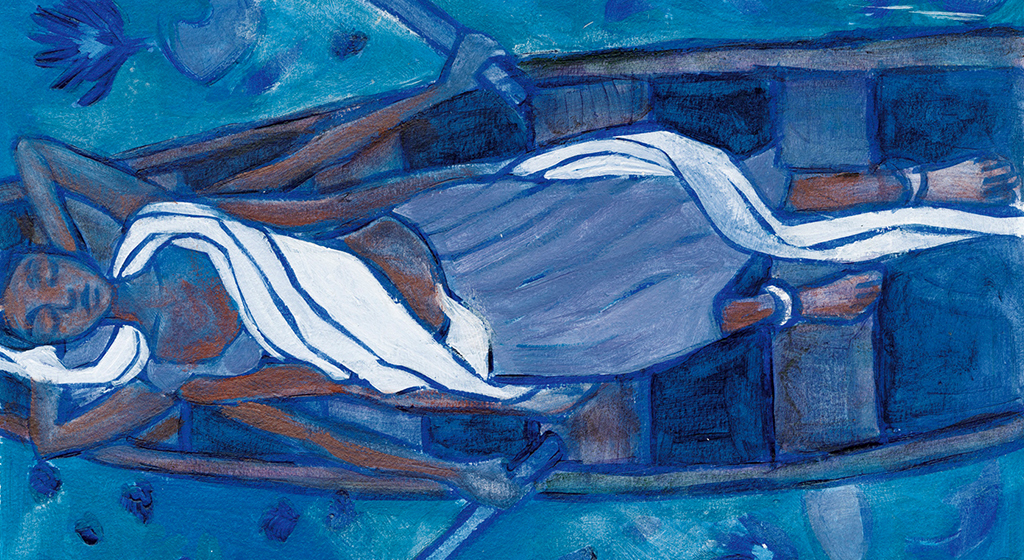
“Tales must be tilled like the land so they keep breathing” says Ganga, the sutradhar (narrator), in ‘Adi Parva: Churning of the Ocean’. And this - tilling the tale to breathe life anew into it, is exactly what Amruta Patil, the author, has done so beautifully. In this lushly imagined graphic novel Amruta Patil takes us back to the beginnings of the most retold of all stories in the land – The Mahabharat and makes us see it in a new light.
We tend to think of the Mahabharat as the story of two sets of brothers, the Kauravas and Pandavas, fighting for the throne of Hastinapur. And of Krishna’s part in this story, which culminates in the revelation of the Divine Song or Bhagavad Gita on the battlefield in Kurukshetra. But the Mahabharat, in its entirety, is neither that simple a story nor linear in its chronology or even its cause and effect. And it is this Mahabharat that Amruta Patil brings to life in her lush artwork and her sparsely elegant prose that speaks of the essence of a tale.
In its original form the Mahabharat is a dense tapestry of tales that go backwards and forwards in time. Sometimes the stories jump across dimensions and realms. Gods and mortals, wise rishis and young maidens, kings and mendicants all cross each other’s paths. With each character there are digressions and moral questions; there is geography and politics, there are choices and consequences, there are injustices which will set the stage for events generations later. There are losses and gains, boons given and curses cast, locked in a perpetual dance that seems to resonate endlessly across time and space.
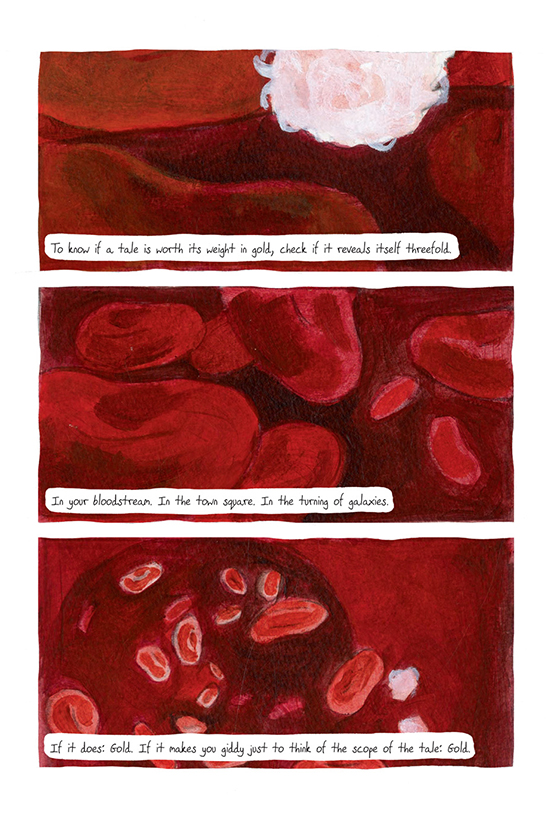
Read ‘Adi Parva:
The Churning of the Ocean’
even if you think you know
the story of the Mahabharat.
Read it for the nuanced
reflections that underpin the
prose, for its meta narrative
and its visual beauty.
But most of all read it
because this retelling of
the Mahabharat takes
us back to nearly forgotten
beginnings.
Amruta Patil retells this age-old story with the confidence of a seasoned storyteller. The narrative is brought to life with truly stunning artwork that is at once richly imagined in bold, primary colours but also restrained in its focus on the essence of what needs to be conveyed. Throughout the book Amruta Patil dextrously takes the reader back and forth, from one realm to the other, from cause to effect, from macrocosm to microcosm. The story flows as sinuously, seamlessly as a river flows.
‘Adi Parva’ or the ‘First Episode’ is narrated by Ganga, who herself has a multitude of identities and roles. At once she is a river in the heavens and on earth. She is the Sutradhar, a woman narrating the story to villagers around a tree. And she is also one of the many protagonists in the Mahabharat. This multiplicity of forms and functions informs all of Mahabharat, where each story can also be seen as an echo of another episode, of another story, of another life.
Read ‘Adi Parva: The Churning of the Ocean’ even if you think you know the story of the Mahabharat. Read it for the nuanced reflections that underpin the prose, for its meta narrative and its visual beauty. But most of all read it because this retelling of the Mahabharat takes us back to nearly forgotten beginnings. For the ending of Mahabharat, you must pick up ‘Sauptik: Blood and Flowers’, which is the companion graphic novel to ‘Adi Parva: The Churning of the Ocean’.

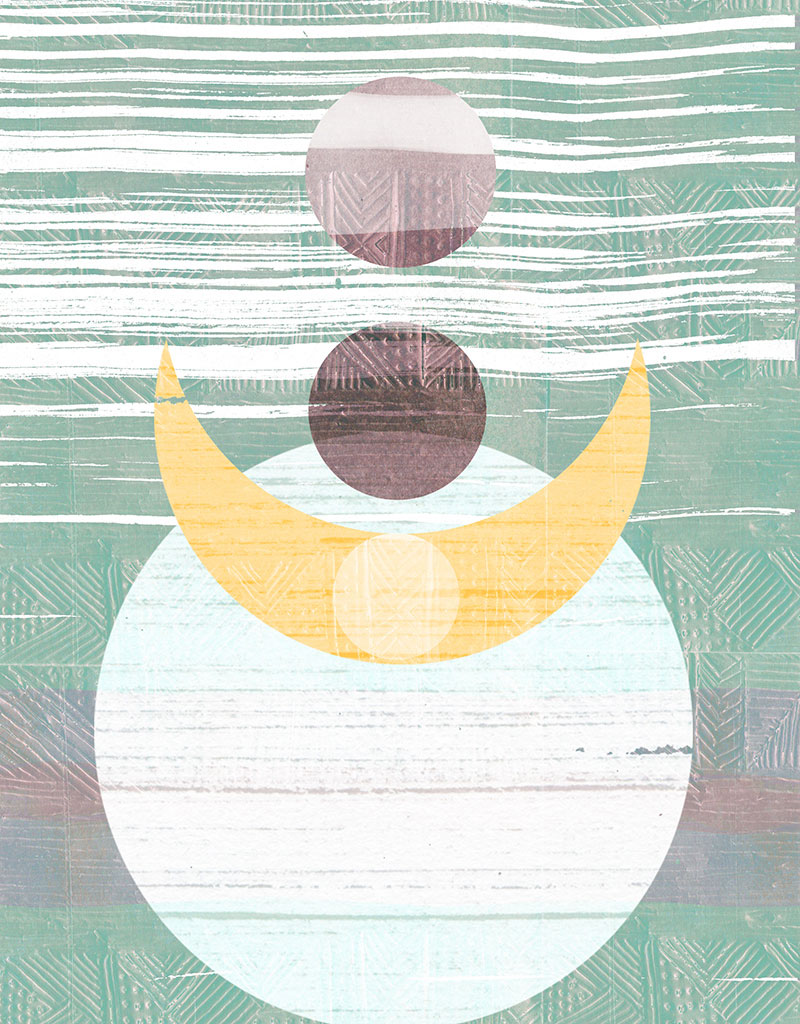
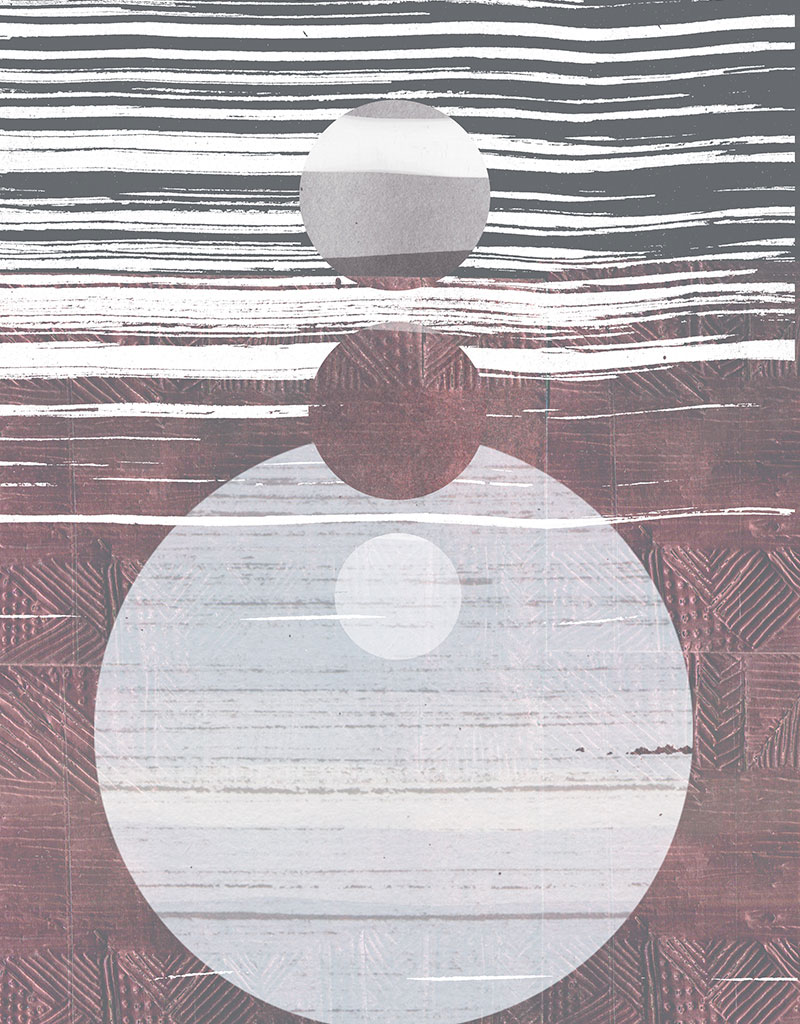

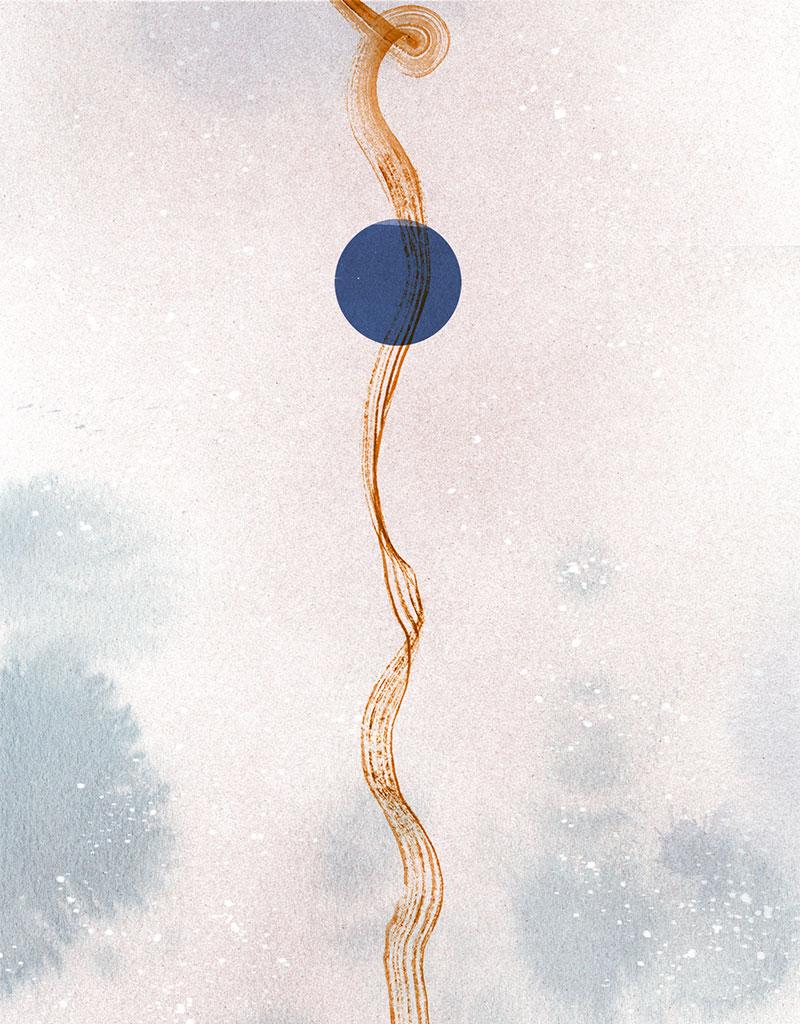
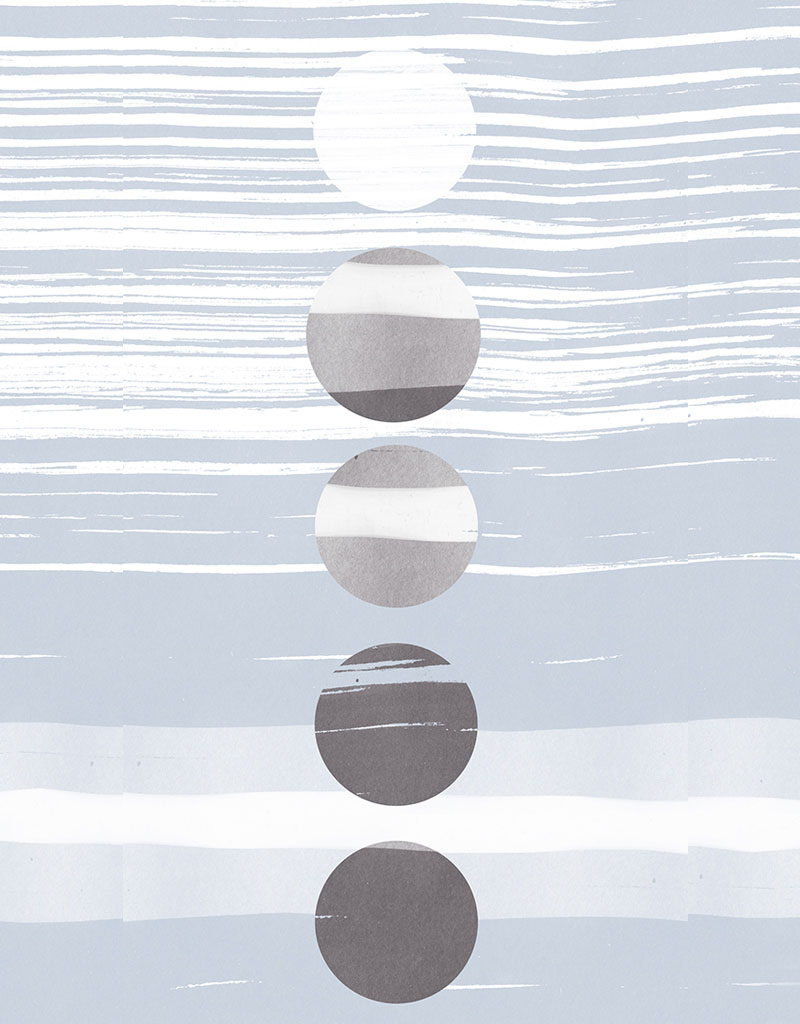
Thank you for this beautiful review. Exited to pick up the book.